From the days of celluloid splicing to today’s advanced VFX suites, film has always thrived at the crossroads of technology and artistry. Now, artificial intelligence isn’t just helping create digital landscapes or animate monsters—it’s altering endings, refining dialogue, and even enhancing actors’ performances. Recent blockbusters and arthouse successes alike showcase AI’s growing footprint. Yet, as technology shifts the limits of what’s possible, filmmakers and audiences find themselves navigating complex questions about creativity, ethics, and control.
Key Highlights
- AI is being used to generate alternate endings, enhance performances, and refine dialogue in major films.
- Real-world cinema examples include the edited ending of Raanjhanaa, AI-powered singing in Emilia Pérez, and script tweaks for The Brutalist.
- Benefits include democratized creativity, cost efficiency, and new artistic possibilities.
- Risks involve undermining artistic integrity, muddying authorship, and reducing transparency around creative choices.
- The future of cinema demands open dialogue, clear consent, and a renewed focus on human creativity alongside powerful tech.
The Tech Revolution Behind the Camera
Artificial intelligence in film isn’t just a futuristic talking point—it’s happening right now in the scripts, edits, and music of today’s movies. Creators use AI to tackle challenges both big and small:
- Alternate endings: A recent example is Raanjhanaa, where AI made it possible to craft a different final act—responding to controversy, audience feedback, or creative vision.
- Performance augmentation: In Emilia Pérez, AI was used to enhance singing, blending real voices with synthetic perfection. The result: musical scenes that dazzle but still ask—what is authentic performance now?
- Dialogue refinement: The Brutalist used AI for script polish, from tightening dialogue to syncing lines with actors’ delivery.
Production teams tout these tools for efficiency, flexibility, and the ability to try ideas that would be too expensive, risky, or technically challenging otherwise.
Why Filmmakers and Studios Embrace AI
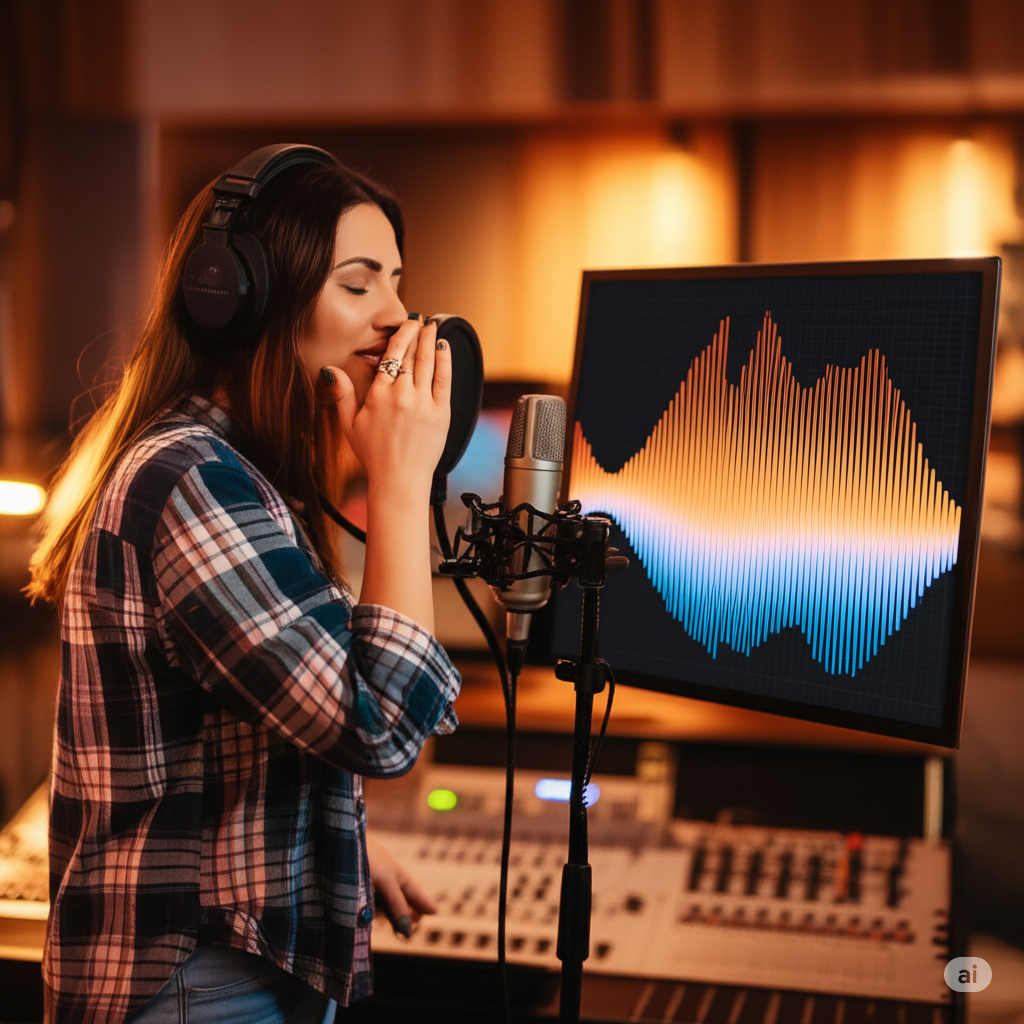
1. Streamlined Production
AI can edit footage, audition visual effects, and even suggest alternate shots—saving weeks in the editing bay and thousands in post-production costs.
2. Expanded Creativity
AI offers a “sandbox” for experimentation: Try 10 different endings, generate music in any style, or create scripts for virtual actors, all with minimal overhead.
3. Accessibility and Democratization
Indie creators with small budgets now access tools once reserved for mega-productions. AI’s capabilities level the playing field—more voices, more stories, more creative freedom.
The New Artistic Frontier—And Its Ethical Shadows
For all its promise, AI also invites essential questions:
1. Who’s the True Author?
When an AI rewrites a scene or shapes a character’s arc, credit and responsibility blur. Are the creative choices those of the director, the screenwriter, the AI operator—or the algorithm itself?
2. Transparency in Storytelling
Audiences trust films as crafted visions. If AI selects a movie’s ending or rewrites dialogue, should viewers be informed? Lack of disclosure risks eroding audience trust and critical engagement.
3. Creative Freedom vs. Algorithmic Constraint
AI can execute ideas quickly, but it may also steer work toward “optimized” outcomes—prioritizing popular tropes, sanitizing controversy, or nudging executions toward what algorithms deem effective. Despite the boost, filmmakers must win back agency.
4. Consent and Control
Actors, writers, and directors—do they know how their work is being reshaped? Transparent and respectful consent around AI augmentation is vital for upholding artistic integrity.
Case Studies: AI’s Role in Recent Films
- Raanjhanaa’s AI-Modified Ending: The famously controversial film adapted its conclusion, using AI tools in editing and narrative revision, allowing release in markets that demanded changes.
- Emilia Pérez’s Enhanced Singing: Producers used AI to perfect musical performances, blending real and digital voices.
- The Brutalist’s Script Refinement: AI-driven edits streamlined dialogue, tightened scenes, and added layers of nuance—yet, the ultimate creative line is its own debate.
These examples underscore both the exhilarating possibility and the real-world dilemmas facing creators and critics alike.
The Promise and Peril: Balancing AI With Artistic Integrity
If used thoughtfully, AI can:
- Enable bolder stories and choices.
- Democratize production, letting new talent shine.
- Help artists realize visions otherwise out of reach.
But unchecked, it risks:
- Undermining the unique voice of directors and actors.
- Masking commercial or algorithmic choices as human creativity.
- Creating films so “streamlined” they become interchangeable—losing depth, risk, or personality.
Creating an Ethical Framework for the Future of Film
Dialogue and Consent Must Lead AI’s Expansion:
- Filmmakers, studios, and guilds should set clear standards for how and when AI can be used.
- Transparent disclosures—credits, marketing, and festival submissions—build trust and empower audiences.
- Consent processes for performers, writers, and creative teams ensure everyone’s vision is respected.
Charting Tomorrow’s Cinema: Human Creativity Meets Machine Magic
The next wave of filmmaking won’t abandon technology; it will embrace it—as long as human vision and voice remain central. The mix of AI’s efficiency with the irreplaceable spark of artistic ambition could redefine what movies are and how audiences connect with them.
As AI continues to evolve, the fundamental challenge will remain: letting creators and viewers know where the boundaries are—and making sure those boundaries uplift, rather than replace, real creative freedom.

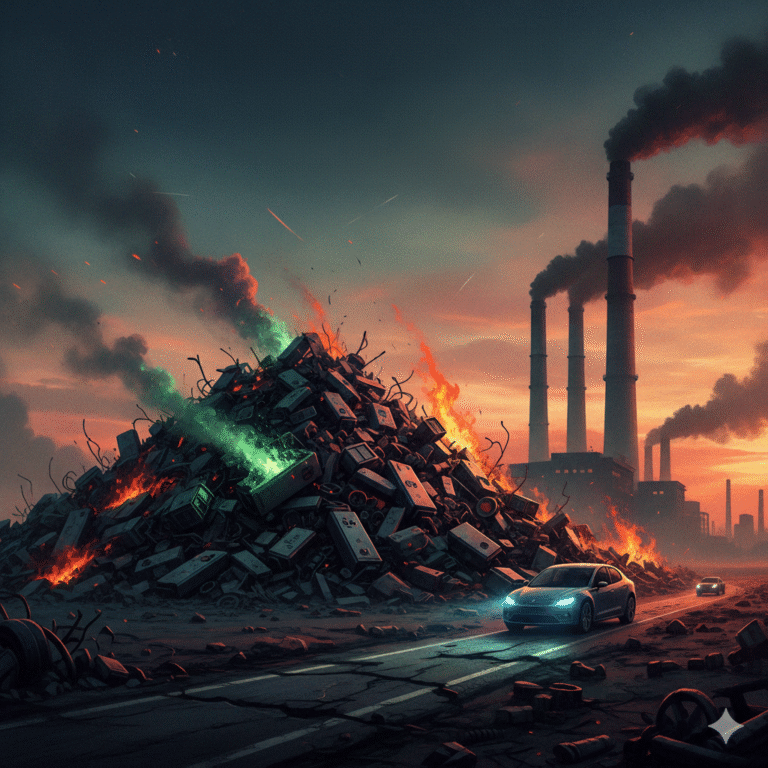


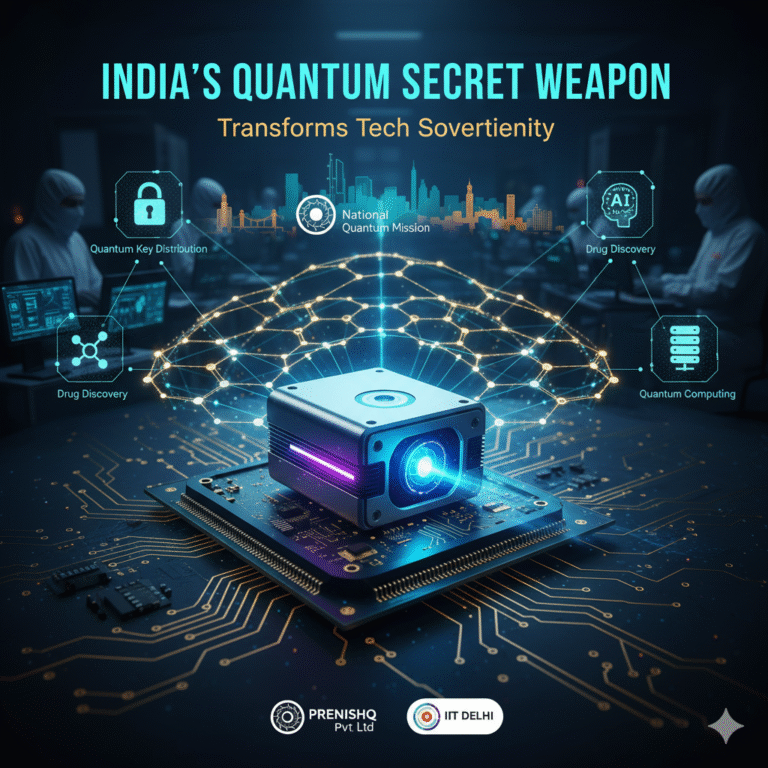

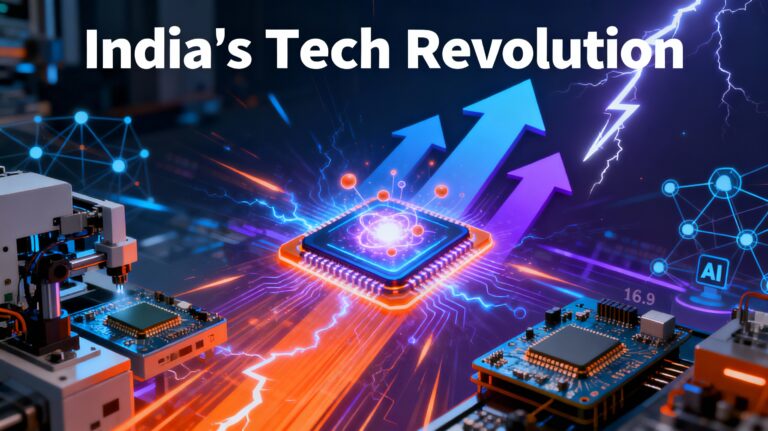
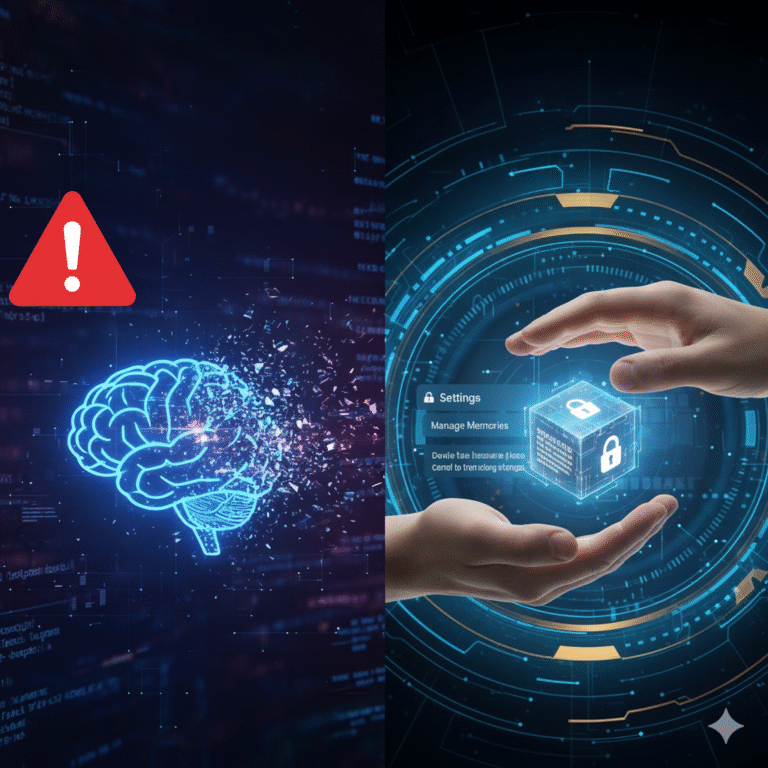
+ There are no comments
Add yours